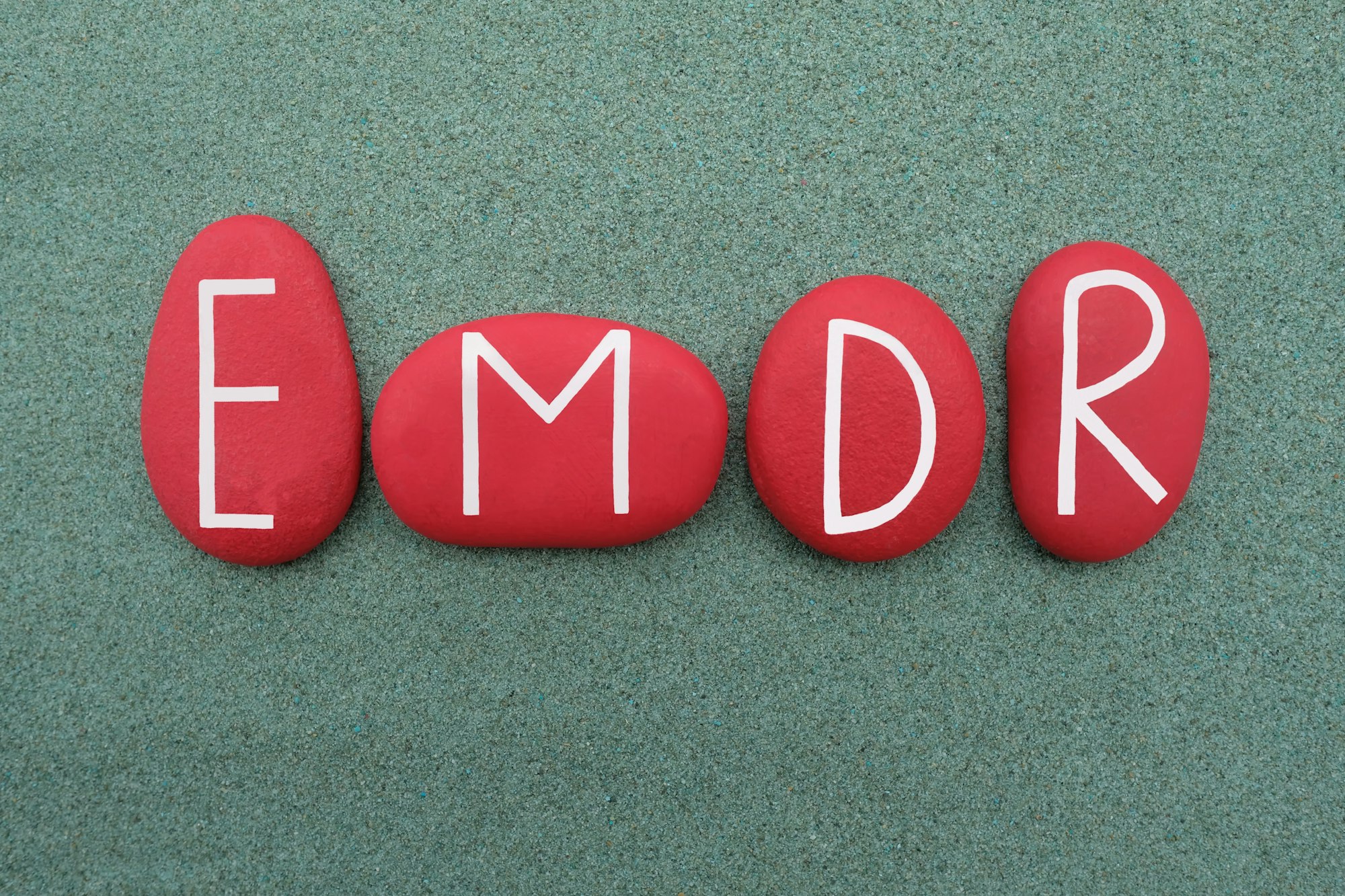How to Develop a Desensitization Program for Dogs with Severe Thunderstorm Phobia?

Does your fur-baby cower and hide at the first sound of thunder? Is your four-legged friend fearful during a thunderstorm, panicking at every subsequent flash and boom? If so, your pet dog might be suffering from thunderstorm phobia. It’s a common problem that can wreak havoc on your pet’s overall well-being and disrupt your peace of mind. Fortunately, there are practical ways to help alleviate your dog’s fear. One effective approach is implementing a desensitization program. This article will guide you on how to develop a desensitization program for dogs with severe thunderstorm phobia.
Understanding Thunderstorm Phobia in Dogs
Before jumping into treatment, it’s essential to understand the nature of your dog’s phobia. Thunderstorm phobia in dogs is an intense fear of loud noises, specifically thunderstorms. It’s a relatively common issue many dog owners face. Dogs with this phobia might exhibit various behavioral changes like excessive barking, hiding, panting, drooling, or even destructive behavior.
This might interest you : What Are the Best Practices for Setting Up a Backyard Pond for Koi Fish?
This phobia is not merely a dislike for thunderstorms, but an intense, irrational fear. Your dog isn’t merely annoyed by the noise but is genuinely terrified. Unfortunately, this fear doesn’t fade away on its own and might even escalate with time. Therefore, it’s crucial to address this issue promptly to ensure your dog’s mental and physical well-being.
The Importance of Desensitization Training
If your dog suffers from thunderstorm phobia, you might be wondering what you can do to help. The answer lies in desensitization training. This type of training involves gradually exposing your pet to the source of its fear (in this case, the noise of a thunderstorm), in a controlled and safe environment. The ultimate goal is to reduce your dog’s anxiety levels and help them associate thunderstorms with positive experiences, rather than a source of fear.
In the same genre : What’s the Best Approach to Introducing New Fish to a Community Aquarium to Minimize Stress?
Desensitization training is a fundamental pillar of behavior modification. Using this approach, many pets have been successfully treated for a variety of fears and phobias. It’s a non-invasive, humane, and scientifically-backed method that will help your dog overcome its fear of thunderstorms.
Developing a Desensitization Program for Thunderstorm Phobia
Once you understand the importance of desensitization, you’re ready to create a program tailored for your pet. Start by identifying the specific sounds that trigger your dog’s fear. This could be the sound of thunder, heavy rain, or even the flash of lightning.
-
Start Small: Begin with low-intensity versions of the trigger sounds. You can find audio recordings of thunderstorms online, or make your own. Play these sounds at a low volume while engaging your pet in a positive activity, such as playtime or feeding.
-
Gradual Exposure: Gradually increase the volume of the sounds over a period of weeks or months. Always monitor your dog’s behavior. If they show any signs of stress or anxiety, reduce the volume and try again later.
-
Create a Safe Space: Provide a secure space for your pet where they can retreat to when they get scared. This could be a specific room, a crate, or even a blanket fort. Make sure this space is accessible to them at all times.
-
Positive Reinforcement: Reinforce positive behavior. Whenever your dog successfully reacts to the sound in a non-fearful way, reward them with treats or praise.
-
Consistency is Key: Consistency is crucial in any training program. Make sure to practice the exercises regularly and maintain the same rules and routines.
Remember, desensitization is a slow process that requires patience and consistency. Don’t rush the process, and always ensure that your pet feels safe and comfortable.
Consult with a Professional
While the above steps can help you create a basic desensitization program, it’s always best to consult with a professional. A behaviorist or a dog trainer with experience in dealing with phobias can provide invaluable insight and guidance. They can create a more detailed and personalized program for your pet and offer support throughout the process.
It’s important to note that each dog is unique, and what works for one might not work for another. Therefore, it’s essential to tailor the desensitization program to suit your dog’s needs and responses.
Remember: helping your pet overcome their fear of thunderstorms is not just about creating a peaceful household. It’s about improving their overall quality of life. So be patient, consistent, and empathetic, and you will see positive changes in your dog’s behavior.
Incorporating Counter Conditioning in Desensitization Program
In addition to the desensitization program, it’s also beneficial to incorporate counter conditioning. This is a therapeutic process that alters an animal’s emotional response, essentially replacing the fear response with a more constructive behavior.
Counter conditioning involves pairing the fear-inducing stimulus (in this case, the sound of thunderstorms) with something your dog finds highly enjoyable. This could be their favorite treat, toy, or even a belly rub. Over time, your dog will begin to associate the sound of thunderstorms with these positive experiences, gradually reducing their fear response.
With loud noises like thunderstorms or fireworks, the goal of counter conditioning is to steer your dog’s emotional response from fear and anxiety to calmness and anticipation. For instance, every time a thunderstorm begins, you could start a game of fetch or give your dog their favorite chew toy. Eventually, your dog will associate the onset of a storm with a fun game or treat, rather than a terrifying event.
However, it’s vital to remember that counter conditioning should be done gradually, just like desensitization. Start with low intensity noises and slowly work your way up to louder ones. Consistent, incremental changes are key in behavior modification programs.
Conclusion: Cultivating Patience and Understanding in Dealing with Thunderstorm Phobia
Addressing thunderstorm phobia in dogs is not an overnight process. It requires patience, understanding, and a lot of love. Remember, your pet is not choosing to be scared; they are dealing with an intense, irrational fear. It’s crucial to provide reassurance, comfort, and consistent, positive experiences to help your dog overcome this phobia.
Desensitization and counter conditioning are powerful tools in helping dogs with noise fears, including those triggered by thunderstorms and fireworks. These techniques aim to change your dog’s emotional response, turning a fearful event into a positive experience.
However, it’s essential to tailor these techniques to your pet’s unique needs and responses. Consult with a professional behaviorist or dog trainer who can help devise a more detailed and personalized program. They can also guide you through the process and provide support when challenges arise.
While it can be tough to see your beloved pet battling their fear of thunderstorms, remember that you are their greatest ally. With patience, consistency, and lots of love, you can help your dog conquer their storm anxiety, improving not just their mental well-being, but their overall quality of life as well. Ultimately, supporting your pet in overcoming their fear is not just about making thunderstorms bearable, but about fostering a healthier, happier bond with them.
